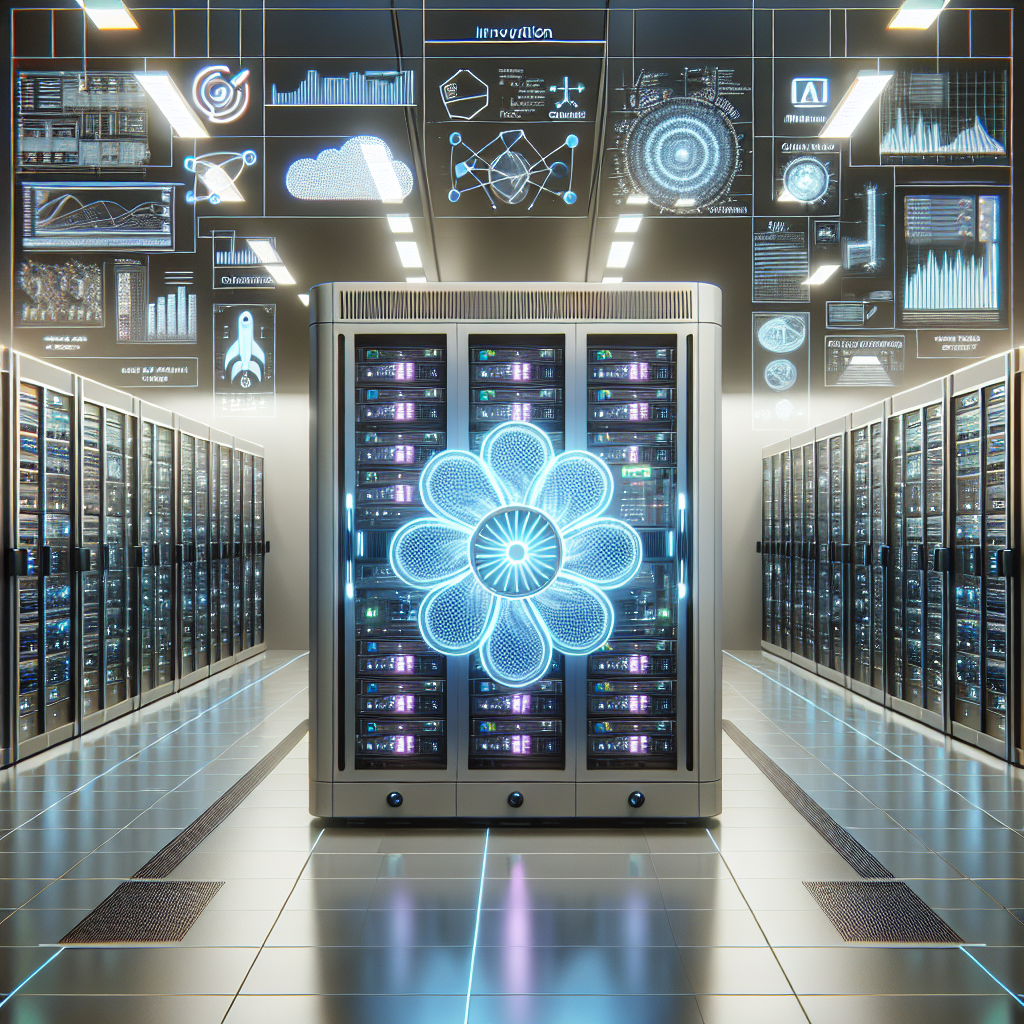Your cart is currently empty!
Future Trends in Data Center HVAC: Innovations and Technologies to Watch

As technology continues to advance at a rapid pace, data centers are constantly evolving to keep up with the increasing demands for storage and processing power. One crucial aspect of data center design that is often overlooked is HVAC (Heating, Ventilation, and Air Conditioning) systems. These systems are essential for maintaining the optimal operating conditions for servers and other equipment, ensuring they operate efficiently and reliably.
In recent years, there have been significant advancements in HVAC technology for data centers, driven by the need for energy efficiency, sustainability, and cost-effectiveness. Here are some future trends in data center HVAC that are worth watching:
1. Cooling Efficiency: Traditional data center cooling systems, such as CRAC (Computer Room Air Conditioning) units, are being replaced by more energy-efficient solutions like in-row cooling and liquid cooling. These systems use less energy and provide more precise cooling to specific areas of the data center, reducing overall energy consumption.
2. Free Cooling: Free cooling systems utilize outside air to cool data center equipment, reducing the need for mechanical cooling. This can significantly lower energy costs and carbon emissions, making it a popular choice for environmentally-conscious data center operators.
3. Modular HVAC Systems: Modular HVAC systems are designed to be easily scalable and adaptable to changing data center needs. These systems can be quickly deployed and expanded as needed, providing flexibility and efficiency in managing cooling requirements.
4. AI-Driven HVAC Optimization: Artificial intelligence (AI) and machine learning algorithms are being used to optimize HVAC systems in data centers. These technologies can analyze data in real-time and adjust cooling settings to maximize efficiency and performance, ultimately reducing energy consumption and costs.
5. Renewable Energy Integration: Data centers are increasingly looking to integrate renewable energy sources, such as solar and wind power, into their HVAC systems. By harnessing clean energy, data centers can reduce their carbon footprint and reliance on traditional power sources.
6. Edge Computing: With the rise of edge computing, data centers are being decentralized and located closer to end-users. This trend requires innovative HVAC solutions that can effectively cool and maintain optimal conditions in smaller, distributed data center facilities.
7. Water Usage Reduction: Water is a precious resource, and data centers are looking for ways to reduce their water usage in cooling systems. Technologies like waterless cooling towers and closed-loop systems are being developed to minimize water consumption while still providing efficient cooling.
In conclusion, the future of data center HVAC is focused on energy efficiency, sustainability, and innovation. By embracing new technologies and trends in HVAC systems, data centers can improve their operational efficiency, reduce costs, and minimize environmental impact. Keeping an eye on these developments and implementing them in data center design will be crucial for staying ahead in the rapidly evolving world of data storage and processing.

Leave a Reply